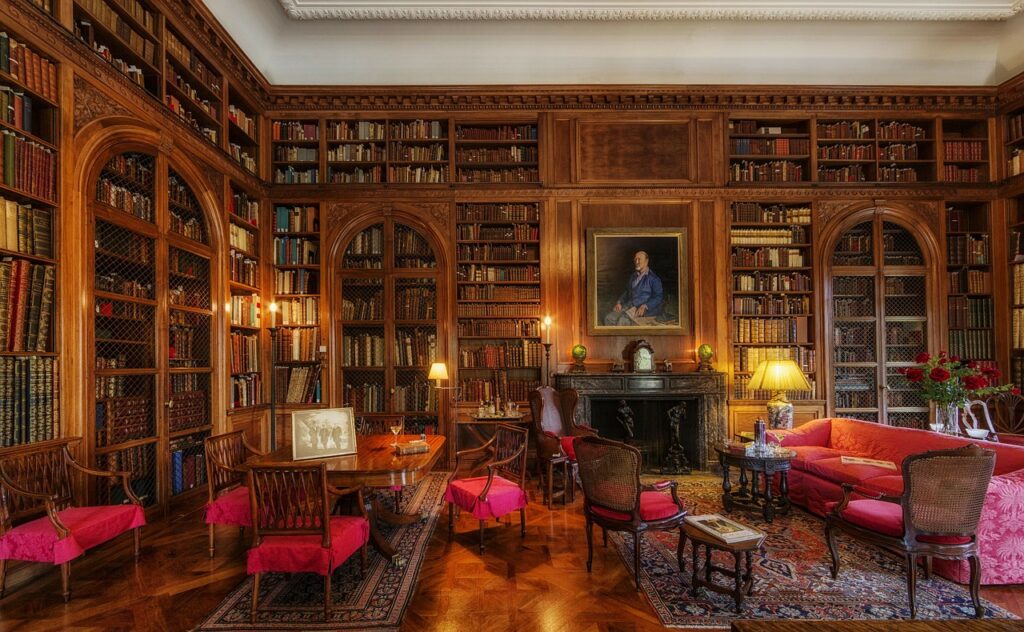Table of Contents
Satin Nickel vs. Brushed Nickel
Choosing the right things to put in your house before you build is really important. You want to make sure that it matches what you are building. We call these things fixtures. For example, light fixtures are found all around your house for lights. There are other types of finishes, but satin nickel and brushed nickel are the most popular ones.
Nickel is a white metal that can be hard and resist corrosion. Using Nickel plating is common. Since the beginning of the 20th century, demand for nickel has increased. Popular uses of Nickel are for items such as Magnets, batteries, and coins.
Brushed vs. Satin Nickel
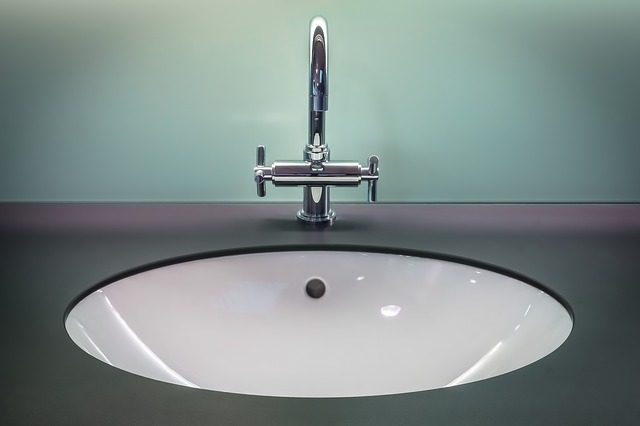
Is brushed nickel the same as a satin nickel?
“Satin nickel” is a finish put on brass or zinc. It is not metal itself. Even if we consider it to be successful, it’s only the beginning of the end for this project. The process uses nickel and coats whatever surface you choose with an electrolytic approach. Most manufacturers see them as the same regarding showers, faucets, and other hardware products.
After the plating process, you can put a low-luster lacquer on it to make it more durable. If you don’t use the lacquer, the plate will seem drab and not shiny.
Brushed Stainless Steel
You can use a wire brush to make little scratches on the metal to get a brushed nickel finish. This makes the metal not shiny. It also provides a good surface polish. It’s less expensive than other ways of getting a brushed nickel finish.
Read More: 14 Aesthetic Bloxburg House Ideas
We can use wire brushes or other similar tools to make the metal look like we want. If we use a wire brush on wet spots, the metal will not shine anymore.
What do you need to know about Satin Nickel before you buy some?
There is a special kind of nickel that is smooth to the touch. The use of electrolysis is common to change the shininess of brass. You can have different levels of satin nickel which are dark matte or semi-matte.
The most often seen piece of hardware in a house is the doorknob. It is less expensive than brushed nickel.
A textured form of nickel has been created with a wire brush or an instrument comparable to it. It will have a golden color and a gentle metallic finish. In commercial hardware, it is more prevalent and more costly than a satin nickel. One disadvantage of this type is that it needs further washing to retain its natural look.
What’s the key Difference Between Satin Nickel vs. Brushed Nickel?
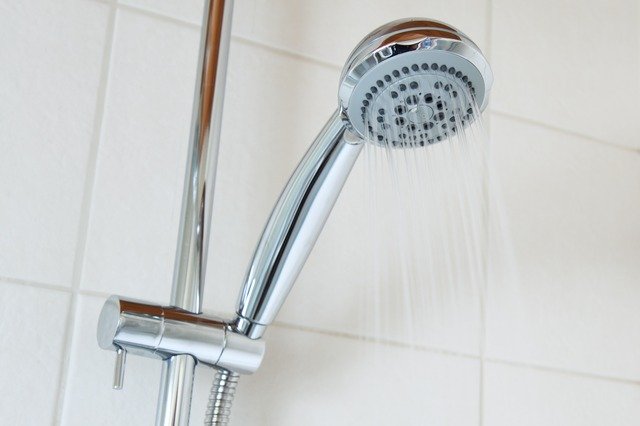
Satin nickel is different than brushed nickel. Satin nickel is made with electrolysis and has a more dull look than brushed nickel. Brushed nickel has a labor-intensive brushing technique, which makes it more expensive to produce.
To make a brushed nickel finish, you must use a wire brush. This makes the metal smooth. You can also use an electroplating procedure to make metal with a brushed nickel finish. It is less expensive but does not give the same quality as brushing.
The last step is to use a wire brush or another instrument that will smooth the appearance of your brushed nickel. Sometimes, people use the hydrolysis method for this process. It may be less expensive than satin nickel finishes.
Looking deeper at Satin Nickel vs. Brushed Nickel
Brushed nickel is a metal that looks different from other metals. It won’t show dirt or fingerprints and is easy to clean.
The brushed nickel color is warm and blends well with other colors.
Satin nickel is a metal that hides fingerprints and water stains. Cleaning is necessary as frequently. Zinc or brass faucets, electronic locks, and door levers are all places where you might see it used.
What about brushed Nickel?
When it comes to Satin Nickel vs. Brushed Nickel, brushed nickel is easier to see fingerprints on. If you want your product to stay new-looking longer, you need to clean it and take care of it. Brushed nickel is popular in places such as bathroom fixtures, kitchen cabinets, machine parts, and doorknobs.
Satin Nickel vs. Brushed Nickel for bathroom fixtures
Both of these finishes have good and bad points. The information in this passage might help you decide which finish is best for your bathroom or kitchen.
Brushed Nickel is a metal that makes metals stronger. It also helps them resist high temperatures and corrosive environments.
Satin Nickel vs. Brushed Nickel: Bathroom Fixtures to watch out for?
There are different finishes for bathroom shower hardware. The most popular are brushed, satin, or chrome. The finish of satin nickel is a dull brass color mainly because of the electroplating procedure.
Read More: In-Depth Guide to Hang a Frameless Mirror on a Wall
Another name for this kind of finish is a Satin stainless steel finish. Suppose your faucet in the bathroom is nickel, and you want a new shower set. Which should you choose: the satin finish or the nickel finish?
Satin Nickel vs. Brushed Nickel: Brushed nickel shower faucets?
Shower systems have three different finishes. The most common are satin nickel, brushed nickel, and polished. People like them because they look good and last a long time. They often do not need to be replaced for a few years.
Satin Nickel vs. Brushed Nickel: shower fixtures: which is better?
A nickel plating called satin nickel is popular on shower heads, shower arms, shower mixers, and knobs with zinc or brass bases. It is electroplated and then lacquered so that it will be dark. Sometimes the words “satin nickel” and “brushed nickel” are used to mean the same thing by both hardware manufacturers.
Even when you use a wire brush to clean your nickel accessories, it will have little scratches on the metal. These scratches are in the same direction as each other, so your metal will lose some of its shine. You can use satin nickel furniture or fittings instead if you want to keep that shiny look.
Polished nickel is not shiny like satin or brushed nickel. To make it shine like those, polish the nickel as you would chrome.
Satin Nickel vs. Brushed Nickel and Polished Nickel
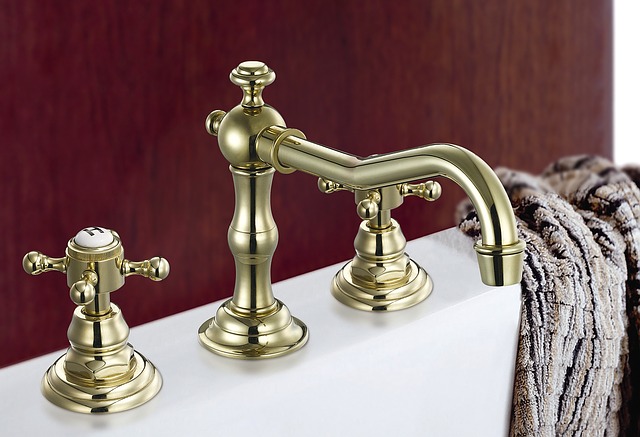
Polished nickel showerheads and other fixtures cost half as much as their satin or brushed nickel counterparts. When they have the finishing on them, they still cost more.
Renovating a bathroom is something most homeowners do every 5-7 years. Minor changes might be painting, installing a new faucet, or replacing other items. Bathroom renovations can be hard for some people to do, but you should consider buying a satin nickel bath shower set. They are still popular even though there are some exceptions to the rule.
Read More: 17 Latest Master Bedroom Wall Art Ideas
Polished nickel is shiny and will not change with time. When paired with tile colors, decorations, and faucets, polished nickel can seem cheaper. Satin nickel is more versatile because it has a fresh look to it that does not change over time.
Satin nickel shower hardware is good to use because it hides potential damage. It is shiny and has a medium sheen. With polished nickel, you can see every defect and scratch on the surface of the metal. Brushed or satin nickel shower hardware will cover these marks and make them less noticeable.
Satin Nickel vs. Brushed Nickel: Shower sets, showerheads, and faucets
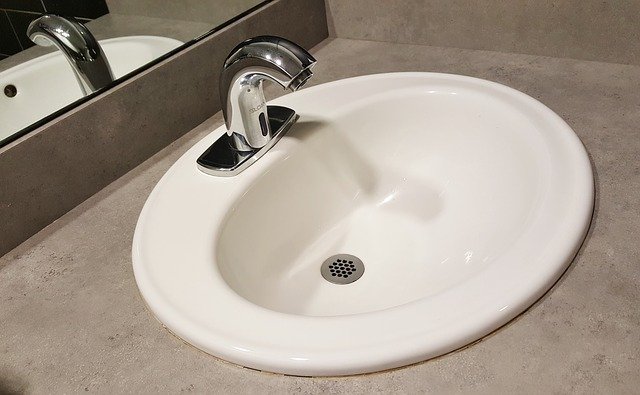
There are different showerheads and things that you can do in your walk-in showers. There is a type of showerhead called a pulsating showerhead, which seems to work best. It will be easy to clean later on, too.
The finish of the bathroom shower should not need redoing for many years. Brushed nickel finishes provide a unique look and feel that will last for many years.
Chrome is a metal that is commonly used on copper and nickel. It makes them harder and more resistant to things like rust. People also like the shine of chrome on their furniture, motorbike engines, and other automotive equipment.
A thin layer of chrome or nickel can be applied on top of another. They are both hard to corrode and last a long time.
Satin Nickel vs. Brushed Nickel: Nickel faucets, showerheads, and sensor faucet fixtures are all popular choices.
This is a good metal for other metals because it doesn’t rust or get ruined. Its usage is mainly to make stainless steel. Some stainless steel uses are microwaves and ovens, which don’t get ruined by rust or bad weather.
Both Chrome and Nickel can have a “brushed” finish. This means that after polishing, the metal to a high shine, it is brushed with a wire brush to create an abrasion pattern.
No scrapes on metals are “satin” or “velvety.” The other metals that have more of a handcrafted look show the light and shadows better.
The following are the key variations in bathroom fixture finishes:
Polished nickel and polished chrome have different colors, but it is hard to see this. They are both shiny. Chrome will look blue, and nickel will be yellow compared to other metals like copper.
There are more options for what type of fixtures you can have on your house. You can have a Brushed nickel fixture that has a more variable yellow color but not as much as chrome has. The yellow color is cozier than the blue color.
Read More: 14 Best Kitchen Designs in Grey, White, and Gold
They might be different even when you buy brushed nickel fixtures from the same company. The finish varies. Some people like brushed nickel or chrome because they are inexpensive and shiny. Chrome is more expensive than nickel and is smoother in appearance, but both metals are strong and non-corrosive.
Satin Nickel vs. Brushed Nickel: The color matters
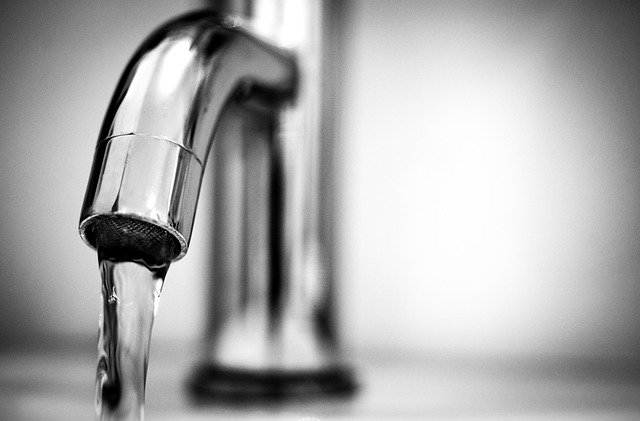
If the room’s color is warm, like brown, use brushed metal fixtures. The bluish tint of chrome may be better if the room has cooler colors like blue, grey, or white.
The usage of Nickel is mainly for polishing metal, so it has a more classical look. It is also popular in autos and other decorative applications. Chrome is becoming more popular, too, so Chrome might be the right choice if you want something new.
Satin Nickel vs. Brushed Nickel: Cleaning Satin Nickel Hardware Care Tips
Avoiding water stains and mineral buildup is simple, with a Satin Nickel finish. The Satin Nickel Finish has a mild cleaning solution and a wax coating, making application and cleaning easy. Satin Nickel finishes also include extra care products, so you don’t have to buy them separately.
Both Satin Nickel and Brushed Nickel have some things in common. They have a shine that is similar to each other. If you touch them, they both feel the same way. But there are some differences too. In the manufacturing process for Brushed Nickel, The manufacturers take much longer brushing so it will be smoother and less prone to show evidence of abrasion from being touched.

